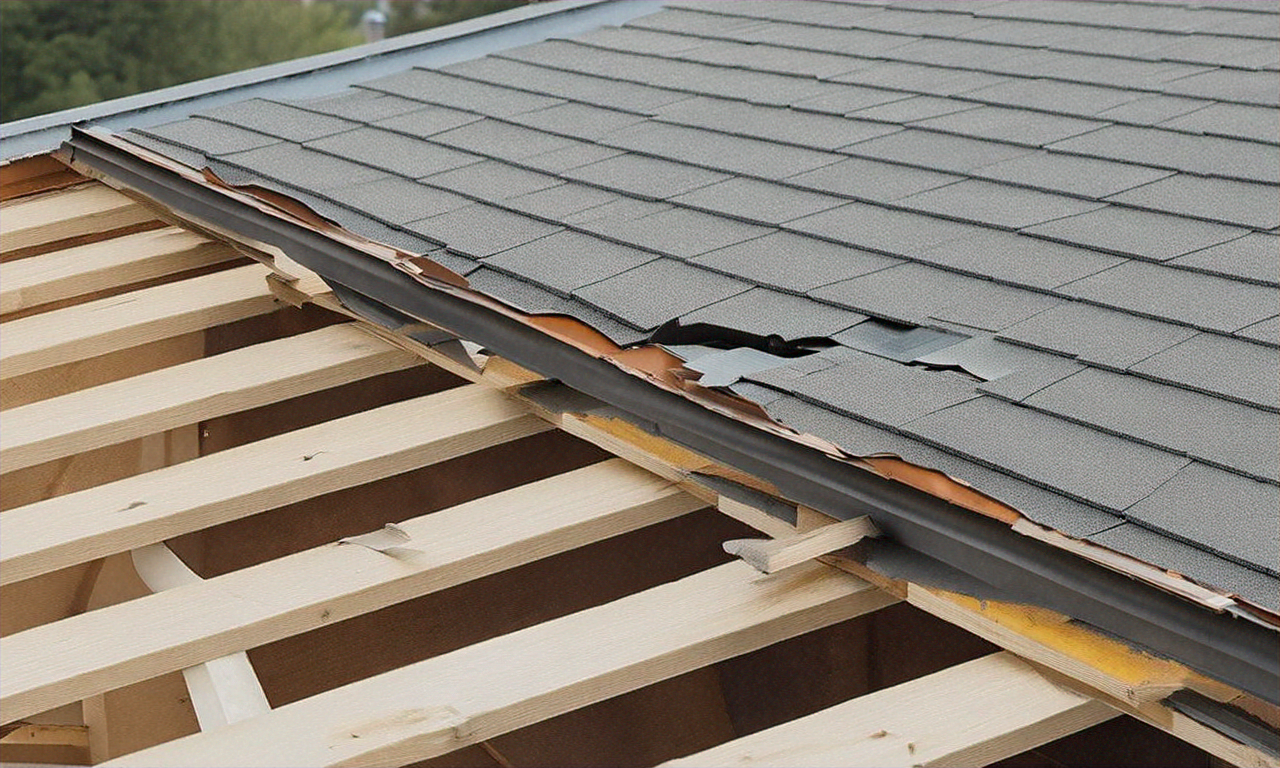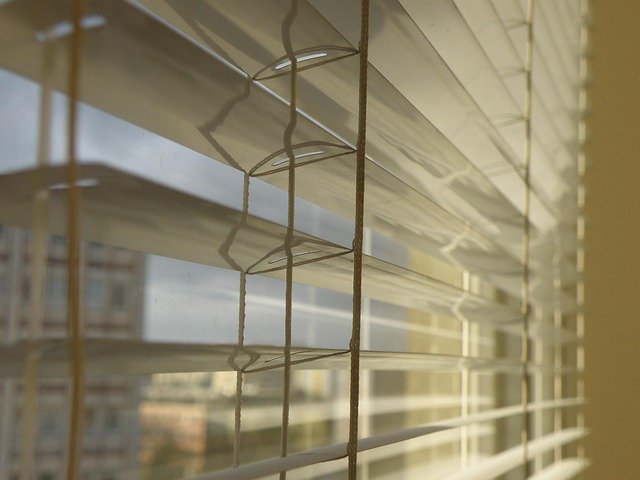Understanding Roofing Services: Types, Timing, and Cost Considerations
Roofing services encompass a variety of solutions for protecting your home from the elements, from minor repairs to complete replacements. Whether you're dealing with weather damage, age-related deterioration, or planning a new construction project, understanding when and how to engage professional roofing services can save time, money, and prevent further structural issues.

Roofing services play a crucial role in maintaining the integrity of any building structure. A well-maintained roof not only protects your property from environmental elements but also contributes significantly to energy efficiency and the overall aesthetics of your home. From emergency repairs after storm damage to scheduled maintenance and complete installations, professional roofing services offer specialized expertise that helps extend the lifespan of your roof and protect your investment.
When to Hire Roofing Services?
Knowing the right time to call in roofing professionals can prevent minor issues from becoming major problems. Age is a primary indicator—most asphalt shingle roofs last 20-25 years, while metal roofs can last 40-70 years. If your roof is approaching these milestones, it’s wise to schedule an inspection.
Visible damage signals an immediate need for professional attention. Look for missing, cracked, or curling shingles, granules in gutters, or water stains on interior ceilings. After severe weather events like hailstorms, hurricanes, or heavy snowfall, a professional inspection can identify damage that might not be visible from the ground.
Seasonal maintenance is another appropriate time to engage roofing services. Many experts recommend bi-annual inspections—typically in spring and fall—to catch potential issues before extreme weather seasons. If you’re planning to sell your home, addressing roofing issues beforehand can increase your property value and prevent complications during the sale process.
Different Types of Roofing Materials
The roofing market offers diverse materials to suit various climates, architectural styles, and budgets. Asphalt shingles remain the most common choice for residential roofing in America, offering affordability and ease of installation with a lifespan of 15-30 years depending on quality.
Metal roofing has gained popularity for its durability and energy efficiency. Available in aluminum, steel, copper, and zinc alloys, these roofs can last 40-70 years and are particularly suitable for areas prone to wildfires or severe weather. While the initial cost is higher than asphalt, long-term savings on energy and maintenance often justify the investment.
For premium aesthetics and longevity, slate and clay tile roofing stand out. Slate roofs can last over a century with proper maintenance, while clay tiles offer excellent durability in hot climates. Both options come with higher price points but provide distinctive appearances and exceptional longevity.
Newer options include synthetic roofing materials made from rubber, plastic, or polymer compounds that mimic the look of natural materials at lower costs. These options often incorporate recycled materials and offer improved impact resistance compared to traditional options.
Compare Roofing Services in USA
The roofing industry in the United States features a mix of national chains, regional companies, and local contractors, each offering different advantages. National companies like Owens Corning Roofing and GAF often provide standardized services with manufacturer certifications and extensive warranties. These companies typically have established quality control processes but may charge premium rates.
Regional roofing companies balance the resources of larger organizations with more personalized service. Companies such as Baker Roofing (Southeast) and Interstate Roofing (Northwest) have developed strong reputations in their respective regions by understanding local building codes and weather challenges.
Local contractors often provide the most personalized service and competitive pricing. While capabilities may vary significantly between providers, local roofers frequently offer more flexible scheduling and attentive customer service. They’re also more likely to have established relationships with local suppliers and inspectors.
When comparing services, certification matters significantly. Look for contractors certified by major manufacturers and those holding memberships in professional organizations like the National Roofing Contractors Association (NRCA). Insurance coverage, licensing, and warranty offerings should also factor into your comparison process.
What are the Possible Costs for Roofing Services?
Roofing costs vary widely based on material choice, home size, roof complexity, and geographical location. For a complete roof replacement on an average single-family home (2,000-2,200 square feet), homeowners can expect to pay between $5,000 and $25,000 depending on materials and complexity.
Repair costs typically range from $300 to $1,500 for addressing leaks, replacing damaged shingles, or fixing flashing issues. Regular maintenance services, including inspections and minor repairs, generally cost between $150 and $500 annually.
Labor costs comprise approximately 60% of most roofing projects, with material quality being the next most significant price factor. Regional variations are substantial—roofing projects in the Northeast and West Coast typically cost 15-20% more than identical projects in the Midwest or South due to higher labor costs and stricter building codes.
| Service Type | National Average Cost | Cost Range |
|---|---|---|
| Asphalt Shingle Replacement | $8,000 | $5,000-$12,000 |
| Metal Roof Installation | $14,000 | $9,000-$20,000 |
| Clay/Concrete Tile Installation | $18,000 | $12,000-$25,000 |
| Slate Roof Installation | $22,000 | $15,000-$30,000 |
| Roof Repair (Minor) | $650 | $300-$1,000 |
| Roof Inspection | $200 | $150-$400 |
Prices, rates, or cost estimates mentioned in this article are based on the latest available information but may change over time. Independent research is advised before making financial decisions.
Additional costs may include removing old roofing materials, addressing structural issues, upgrading ventilation systems, or installing ice and water shields in colder climates. Most professional roofing companies offer free estimates, which provide an opportunity to discuss specific needs and get accurate pricing for your particular situation.
Choosing the Right Roofing Service
Selecting the appropriate roofing service involves considering several factors beyond just price. Start by verifying credentials—proper licensing, insurance coverage (both liability and workers’ compensation), and manufacturer certifications indicate professional standards. Request and check references from previous customers, particularly those with similar roofing projects.
Written estimates should detail materials, labor, timeline, payment schedule, and warranty information. Be wary of estimates significantly lower than others, as they may indicate corners being cut or potential for unexpected charges later. The contract should include provisions for handling unexpected issues and clearly outline the scope of work.
Communication style and responsiveness during the estimate process often reflect how the company will handle the actual project. Choose contractors who take time to explain options, answer questions thoroughly, and demonstrate knowledge about your specific roofing needs.
The roofing industry encompasses a wide range of services, materials, and price points. By understanding when professional help is needed, what materials best suit your situation, how services compare across providers, and what costs to expect, you can make informed decisions about this critical aspect of home maintenance and improvement. Regular maintenance and timely repairs from qualified professionals will extend your roof’s lifespan and protect one of your most significant investments.




